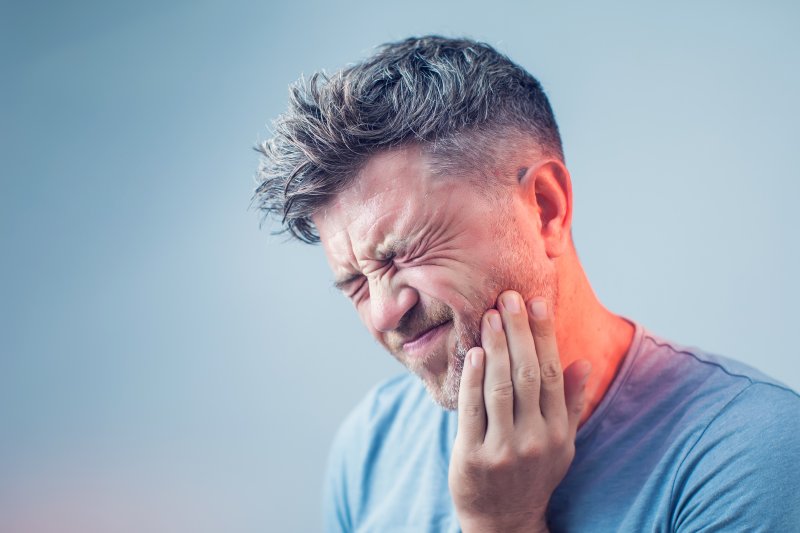
Invisalign is an excellent way to realign your smile without the eating restrictions or conspicuous metal appliances that come with traditional braces. Even though Invisalign clear aligners represent some of the most advanced orthodontic technology available today, they do not make your teeth immune to cavities. Here’s what you need to know about developing cavities during Invisalign treatment and what you can do to prevent them.
How Can Cavities Develop During Invisalign Treatment?
Cavities are bacterial infections that eat their way through the enamel and dentin layers of a tooth. These bacteria often launch their invasion from particles of food stuck on or between the teeth. Invisalign uses clear aligners customized to fit the patient’s teeth, and they require cleaning every time they are removed. If they are not cleaned properly, food particles can get stuck inside of them, providing bacteria with a caked-in breeding ground pressed right up against the patient’s teeth. This frequent bathing in food residue can lead to cavities.
What Happens If My Teeth Develop a Cavity During Invisalign?
Cavities do not heal on their own, and they will require a dentist to treat them with a filling or another dental restoration. Receiving a filling can cause an Invisalign patient to experience soreness or discomfort while wearing their clear aligners, and larger restorations like crowns, inlays, or onlays can cause aligners to feel as if they don’t fit quite right. Your dentist can adjust or replace your dental trays, so this isn’t the end of your Invisalign treatment.
How Can I Prevent Cavities While Wearing Invisalign?
Invisalign treatment requires rigorous oral hygiene and regular dental visits to monitor progress. To avoid food debris accumulating in clear aligners, patients should brush and floss their teeth at least thirty minutes after every meal. Even if Invisalign doesn’t come with any hard dietary restrictions, it’s still a good idea to avoid foods and beverages containing high amounts of dyes or pigments, as these can stain your teeth, especially if any get trapped under your aligner tray.
The clear aligners should be brushed and rinsed before being reinserted as well as regularly treated with an approved cleaner to prevent bacterial growth. By keeping up with regular dental visits, your dentist can keep an eye on your teeth for any signs of developing trouble and provide you with the care and information you need to prevent cavities from forming.
Invisalign exists to help patients achieve a more beautiful and well-aligned smile. Taking care of your teeth and your aligners can prevent cavities and help you achieve the best possible result from your treatment, providing you with a better smile for life.
About the Author
Dr. Gabriel A. Nossa earned his D.M.D. and completed an Advanced Education in General Dentistry residency at the University of Florida College of Dentistry. He serves as a member of the American Dental Association and the Florida Dental Association. His office in Gainesville, FL offers general, restorative, cosmetic, and emergency dentistry in addition to Invisalign treatment. For more information about oral hygiene with Invisalign, contact his office online or dial (352) 332-8133.
